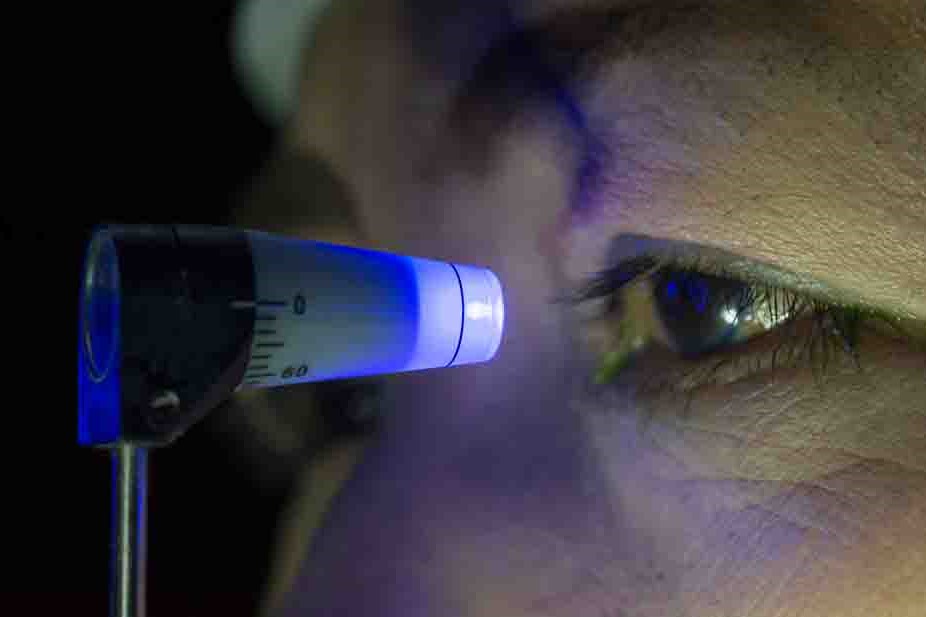
What is ocular pressure and how is it measured?
High ocular pressure can impair optic nerve function, threatening vision. Here are the normal values and symptoms
Ocular pressure or ocular tone, or also hypertension or ocular hypertone, is determined by the balance between the production and reabsorption of aqueous humour, a transparent liquid similar to water, which is produced inside the eye.
Normal ocular pressure values
The reference values in the normal population that allow refraction, i.e. correct vision, vary from 10 to 18 mmHg.
Eyes are considered hypertensive when the internal pressure is higher than 18 mmHg.
In addition, there are factors that cause changes in pressure, even transitory ones, such as:
- medications;
- infections;
- genetic factors;
- trauma;
- eye surgery.
Symptoms of high ocular pressure
The main symptom is a reduction in the patient’s field of vision. The patient will begin to feel as if there is a fog in front of his eyes and he will not be able to focus on certain environments or objects, as if his spectacle lenses were dirty.
The risk of glaucoma
It is therefore essential to have your eye tone checked regularly, preferably once a year, to rule out the presence of a disease called glaucoma, which affects the optic nerve and is mainly caused by a rise in eye pressure.
Unfortunately, glaucoma is a subtle disease, as in most cases the patient does not feel any symptoms until the visual changes are already very advanced and, if left untreated, it leads to slow but progressive damage of the optic nerve until blindness, while if diagnosed in time it is easily controlled by therapy.
How to treat high ocular pressure
The aim of all treatments is to decrease eye pressure and bring it to a stable level.
There are 3 ways to treat ocular hypertension:
- medical treatment based on the chronic use of one or more eye drops, possibly combined with oral medication and supplements called neuroprotectors;
- para-surgical therapy, which is undertaken when medical therapy is no longer sufficient to control the disease, and is carried out using lasers;
- the surgical procedure, used when even the laser is not sufficient to reduce the eye pressure.
This is the normal sequence when the diagnosis of glaucoma is early and the disease gradually decomposes; conversely, if the diagnosis of glaucoma is late and the case is severe, it goes directly to the second or third stage.
The advice remains, therefore, to undergo regular eye examinations, especially in the case of a family history of glaucoma, to prevent serious visual damage.
Read Also:
Covid, A ‘Mask’ For The Eyes Thanks To Ozone Gel: An Ophthalmic Gel Under Study
Opening The Eyes Of The World, CUAMM’s “ForeSeeing Inclusion” Project To Combat Blindness In Uganda


